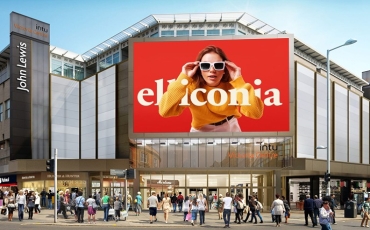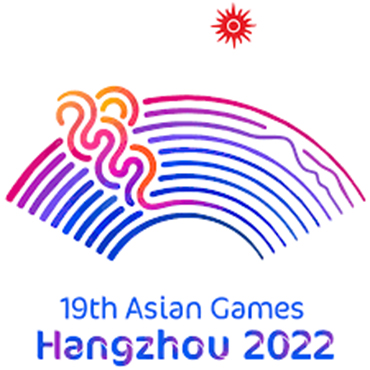Introduction
Digital signage has evolved from static billboards to dynamic, immersive experiences, becoming a cornerstone of modern brand communication. As businesses compete for attention in crowded urban landscapes and bustling venues, the choice of LED display technology can define the success of a marketing campaign.
By 2025, several groundbreaking innovations are set to redefine digital advertising—from flexible indoor LED walls that conform to any surface to AI-powered systems that optimize content in real time.
This article explores these advancements, illustrated by real-world applications from LEGIDATECH, a leading LED display manufacturer, and highlights why they are essential for your next marketing strategy.
Market Overview
The global LED screen panel market is on a rapid growth trajectory, projected to exceed $20 billion by the end of 2025.
This surge is driven by dual demand: indoor LED displays for retail stores, corporate spaces, and event venues, and outdoor digital signage for highways, building facades, and public areas.
As technology matures, innovations in flexibility, transparency, interactivity, and (intelligence) are enabling brands to create more engaging, context-aware advertising experiences.
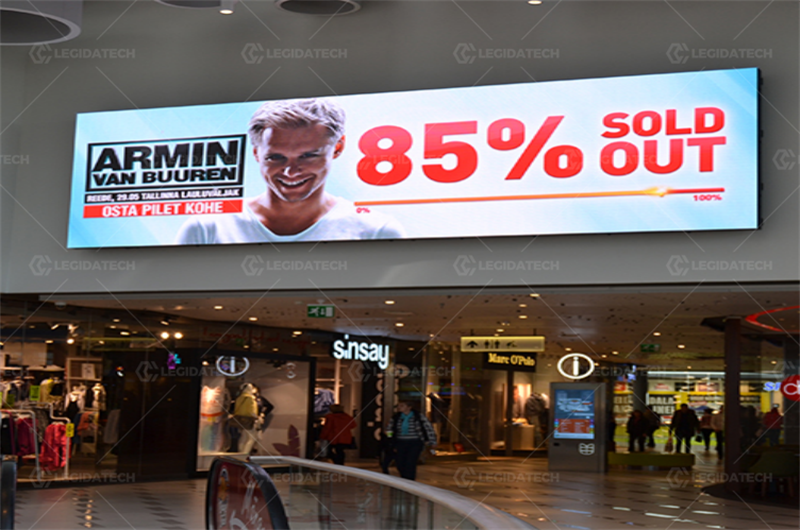
Innovation 1: Flexible & Curve-able LEDs
1.1 What They Are
Flexible LED technology utilizes ultra-thin substrates that bend around curved surfaces, enabling seamless, wraparound displays that conform to architectural contours.
Unlike rigid modules, these screens create immersive visual flows, transforming ordinary spaces into dynamic showcases.
1.2 Technical Advances
Recent breakthroughs in flexible printed circuits and protective coatings have enhanced durability, allowing screens to withstand repeated bending without performance degradation.
Pixel pitches as fine as 1.5 mm now match the clarity of rigid indoor panels, making them suitable for close-range viewing in retail or hospitality settings.
1.3 Real-World Applications
LEGIDATECH installed a 2 mm pixel pitch curved LED wall in a boutique hotel lobby, integrating seamlessly with the reception desk’s contours to display dynamic welcome messages.
In Chicago, an art gallery wrapped a flexible LED film around a structural column, converting it into a scrolling exhibit directory that captivated visitors.
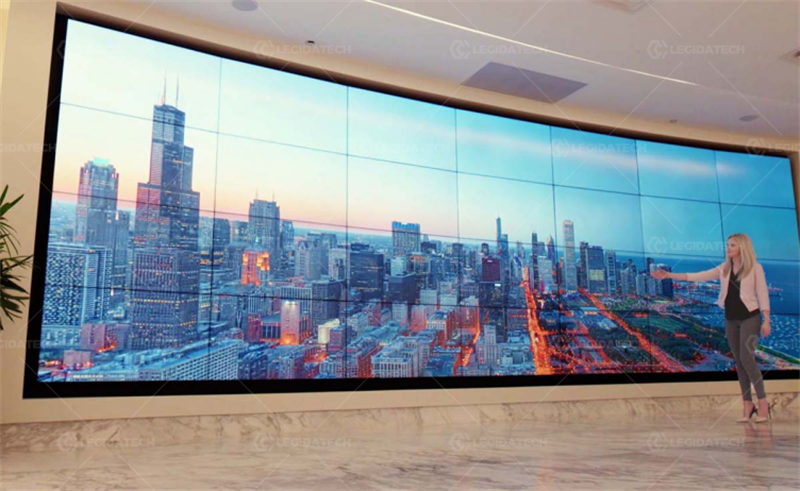
Innovation 2: Transparent LED Screens
2.1 Features & Benefits
Transparent LED panels offer up to 70% light transmission, preserving natural views through windows while displaying vibrant content. Ideal for storefronts, showrooms, and museum exhibits, they balance brand messaging with ambient lighting.
2.2 Energy & Maintenance
By leveraging daylight, transparent LED screens reduce backlighting needs, cutting energy consumption by up to 30% compared to traditional displays. Their modular design clips into existing glazing frames, enabling front-accessible maintenance for quick repairs.
2.3 Use Cases
A London fashion retailer used LEGIDATECH’s transparent LED panels to promote seasonal collections, driving a 15% increase in foot traffic without obstructing window views.
In Kuala Lumpur, a museum installed the panels on exhibit cases to overlay informational graphics on artifacts, enhancing engagement without risking damage.
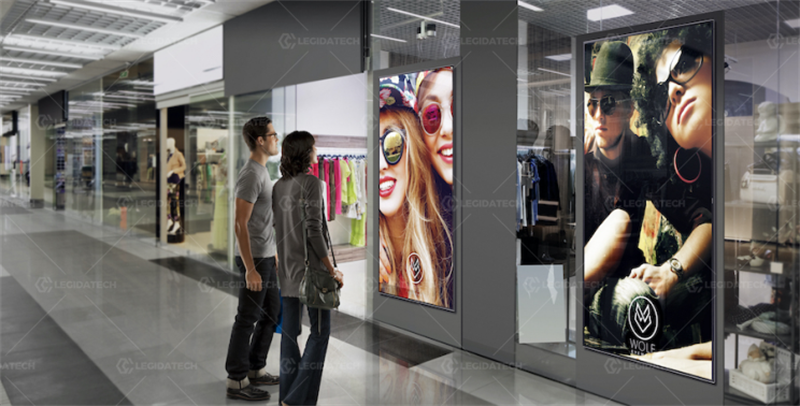
Innovation 3: Interactive Touch-Enabled LED Walls
3.1 Why Interactivity Matters
Touch-enabled LED walls transform passive viewers into active participants. By integrating capacitive or infrared sensors with LED panels, brands can collect real-time feedback, host quizzes, or allow visitors to browse product catalogs on large displays.
3.2 System Components
Key components include a controller box, multi-touch sensors, and a content management system (CMS) that syncs with marketing databases. Many solutions now integrate with mobile apps, enabling users to save content or request quotes directly.
3.3 Practical Examples
At a Berlin tech expo, a 3×2 array of LEGIDATECH’s 55-inch LED panels with gesture control allowed visitors to navigate product catalogs and scan QR codes for spec sheets. The factory-tested installation ensured seamless operation throughout the event.
Innovation 4: 3D & Holographic LED Displays
4.1 How It Works
Modern 3D LED displays use layered transparent sheets or lenticular lenses to create depth without glasses, while holographic setups project light onto foils to produce floating, volumetric images. These technologies captivate audiences with immersive, attention-grabbing visuals.
4.2 Production & Costs
Entry-level holographic fans now cost under 1,500, and small 3D LED panels start at 2,000 per square meter (4 mm pitch). LEGIDATECH offers rental packages including content creation, making advanced displays accessible for small businesses.
4.3 Real-World Installations
At an Austin concert, a holographic LED fan behind the DJ booth made album artwork appear to float mid-air, prompting fans to share videos widely. In Stockholm, a shopping mall’s 3D transparent LED screen increased visitor dwell time by 20% as animated deals hovered above them.
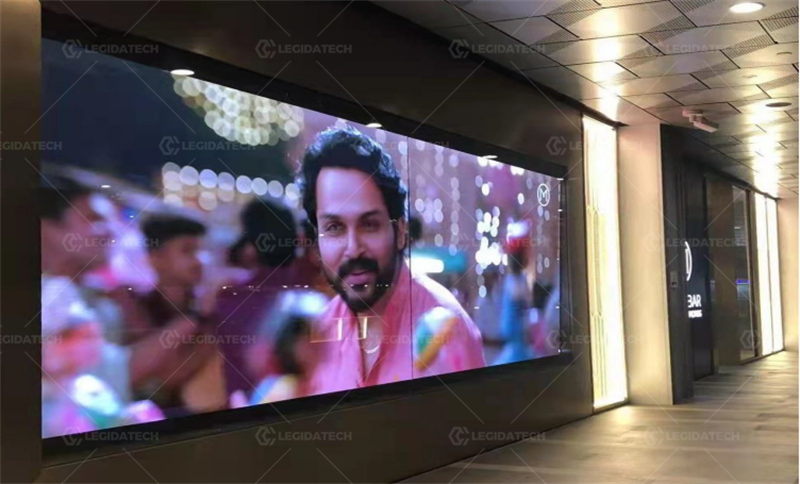
Innovation 5: AI-Driven Content Management for LED Networks
5.1 Why Smarter Scheduling Matters
Manually managing dozens of screens is inefficient. AI-powered CMS systems analyze foot traffic, weather, and social trends to deliver the right ad at the right time, optimizing engagement automatically.
5.2 Key Benefits
- Predictive Playlists: The system learns which ads perform best during morning rushes vs. evenings.
- Dynamic Swaps: Rainy weather triggers umbrella ads without manual intervention.
- Remote Alerts: Instant notifications for screen malfunctions ensure rapid repairs.
5.3 Case in Point
A Denver coffee chain used LEGIDATECH’s AI-driven system to switch between high-contrast morning menus and brand-story videos in the afternoon. The result: a 12% increase in upsell orders with minimal oversight.
How to Choose the Right Innovation for Your Business
- Assess Your Space: Fine-pitch indoor panels or transparent screens suit boutique interiors; outdoor events need weatherproof digital sign boards.
- Define Your Goals: Interactive walls boost engagement, while AI networks streamline multi-location campaigns.
- Budget & ROI: Flexible/transparent solutions offer cost-effective installation for small businesses; prioritize warranties and support from suppliers like LEGIDATECH.
- Technical Support: Ensure your partner provides on-site training and remote diagnostics.
- Content Strategy: Align your CMS (AI or manual) with your design resources to maximize visual impact.
Conclusion & Call to Action
LED technology is revolutionizing digital advertising, offering flexible, transparent, and interactive solutions that elevate brand experiences. As a pioneer in LED innovation, LEGIDATECH specializes in turnkey solutions—from curved installations to AI-powered networks.
Ready to transform your next campaign? Visit www.ledscreenfactory.com to request a quote or download our 2025 LED Innovation Whitepaper. Let’s illuminate your brand’s potential together.
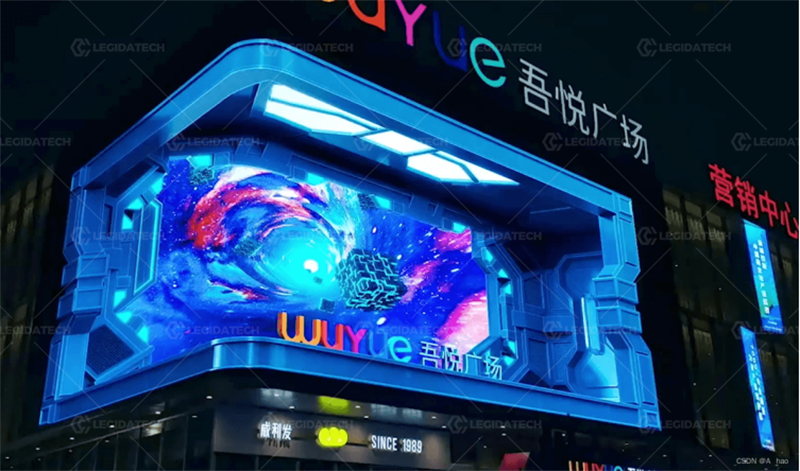
Q&A
1. Why should I use LED video walls for advertising?
LED video walls provide bright, clear visuals that attract attention. They’re perfect for both indoor and outdoor spaces, making them ideal for retail, events, and public signage. They offer high energy efficiency and can display dynamic content that grabs people’s focus.
2. How do transparent LED screens work?
Transparent LED screens allow light to pass through while showing digital content. They are often used in windows, letting you display ads without blocking the view. They are great for storefronts, museums, and exhibitions, providing both visibility and natural light.
3. What’s the difference between indoor and outdoor LED screens?
Indoor LED screens are great for close-up viewing and are used in places like stores and offices. They have higher resolution for clearer images. Outdoor LED screens are built to resist weather and are much brighter, perfect for billboards and signs that need to be visible in direct sunlight.
4. How can AI improve LED screen content management?
AI helps schedule and adjust the content shown on LED screens based on factors like time, weather, or what people are talking about. It can automatically switch content to keep ads relevant, improving the effectiveness of your digital signage.
5. Why are flexible LED screens popular?
Flexible LED screens can bend and curve to fit any shape, allowing for creative displays in unique spaces. They’re often used in events, art installations, or stores to create a more dynamic, eye-catching experience.
6. How do LED displays save energy?
LED displays use less energy than older screen types like LCD, making them cost-effective and eco-friendly. They also produce less heat, reducing the need for extra cooling. Transparent LED screens can use natural light, further cutting down energy use.
7. How long do LED displays last?
LED displays are built to last for about 50,000 to 100,000 hours, depending on how they’re used and maintained. This means they can run for many years without needing frequent replacements, making them a reliable option for long-term use.
8. What should I consider when choosing an outdoor LED screen?
When selecting an outdoor LED screen, make sure it’s weatherproof, bright enough to be seen in sunlight, and suitable for the distance people will be viewing from. Outdoor screens need to handle rain, heat, and dust, while also being bright enough to stand out in daylight.



